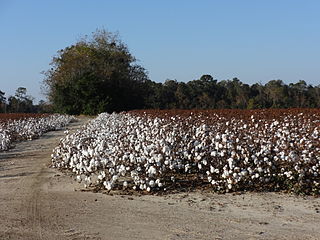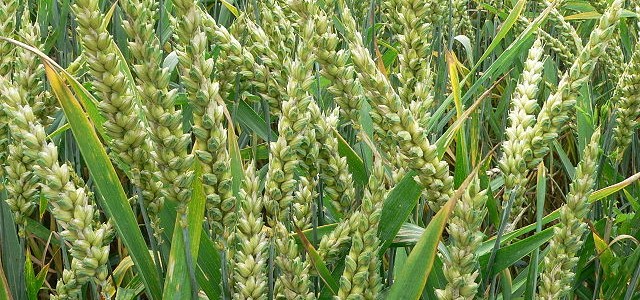Pam Knox
-

I am a sucker for interesting maps, and ran across one today that you might enjoy. Vox.com posted a link to a story about an interactive map which shows all the major shipping routes around the world. You can even break it down into types of shipping. You can read the story and watch an…
Posted in: Climate and Ag in the news -

Rolling Stone magazine had an excellent article this week about the Pine Barrens in New Jersey and how they have the greatest potential for a forest fire catastrophe for anywhere in the United States. Most people think of New Jersey as an urban area and don’t realize how much of the southern part of the…
-

The Southeast Farm Press published an interesting article back in March 2014 which was reposted in their most recent newsletter today on the impacts of time of day on herbicide effectiveness. According to field research done by UGA and other scientists on cotton, spraying herbicide early in the morning around sunrise is much less effective…
-

With another big outbreak of tornadoes in the central United States occurring this week, you might be interested in looking at maps which incorporate current storm reports into the record. The US Tornadoes blog posted an article last week about a new mapping tool which allows you to look at this year’s crop of tornado…
-

One of the big questions in determining the impacts of changing climate on crops is the effect called “carbon dioxide fertilization”. In test plots under higher CO2 levels, some crops do better with more carbon dioxide, leading to higher yields. The key is that it depends…on crop, water availability, and temperature. Some crops like rain-fed…
-

The Detroit Free Press published an article this week describing the impacts of heavy rainfall on watersheds where dairies are located. Many of these dairies apply their animal waste to the land to return nutrients to the soil and reduce waste going to landfills. However, when heavy rains hit, if the manure has not had…
-

Two studies published this week highlight the impact that volcanic eruptions may have on climate, both on short (a few years) and long (millions of years) time scales. BBC posted an article on some recent research by Dutch scientists suggesting that an eruption of Mt. Chichon in Mexico in the 6th century can be linked…